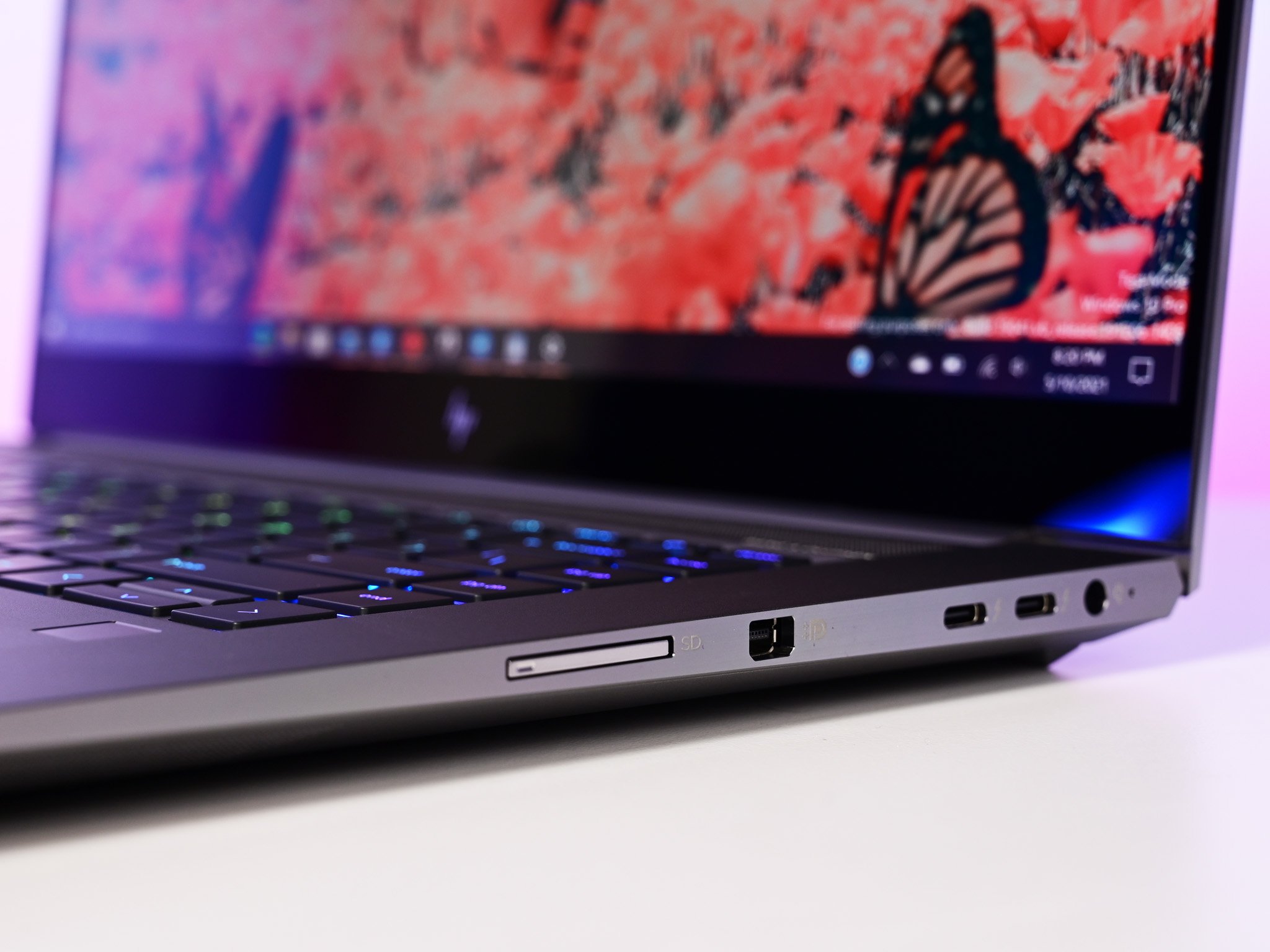Windows workstations under attack by newly discovered malware
A newly discovered type of malware targets Windows-based workstations and other systems.

What you need to know
- A newly discovered malware is targeting Windows workstations, industrial control systems, and data acquisition devices.
- Threat actors utilize a known vulnerability in an ASRock-signed motherboard driver to infiltrate IT and OT systems.
- Once an IT or OT system is successfully attacked, threat actors can laterally work through a network to target other systems.
Windows workstations are under threat from a newly discovered type of malware. According to a joint cybersecurity advisory by the Department of Energy (DOE), the Cybersecurity and Infrastructure Security Agency (CISA), the National Security Agency (NSA), and the Federal Bureau of Investigation (FBI), the malware can compromise Windows-based engineering workstations. The same malware is also a threat to industrial control systems and data acquisition devices.
Since Windows-based workstations are often used by IT departments and security admins, being compromised presents a security risk to a wide range of devices. Threat actors could move laterally through a network if they gained access to systems with certain privileges.
"The actors can compromise Windows-based engineering workstations, which may be present in information technology (IT) or OT environments, using an exploit that compromises an ASRock motherboard driver with known vulnerabilities," explained CISA in its security advisory.
The attack takes advantage of a known exploit in an ASRock motherboard driver. If a threat actor utilizes this exploit, they can execute malicious code in the Windows kernel. Successfully doing so is the key to moving laterally within a network.
"The APT actors can use a tool that installs and exploits a known-vulnerable ASRock-signed motherboard driver, AsrDrv103.sys, exploiting CVE-2020-15368 to execute malicious code in the Windows kernel," explained CISA. "Successful deployment of this tool can allow APT actors to move laterally within an IT or OT environment and disrupt critical devices or functions."
All the latest news, reviews, and guides for Windows and Xbox diehards.

Sean Endicott is a news writer and apps editor for Windows Central with 11+ years of experience. A Nottingham Trent journalism graduate, Sean has covered the industry’s arc from the Lumia era to the launch of Windows 11 and generative AI. Having started at Thrifter, he uses his expertise in price tracking to help readers find genuine hardware value.
Beyond tech news, Sean is a UK sports media pioneer. In 2017, he became one of the first to stream via smartphone and is an expert in AP Capture systems. A tech-forward coach, he was named 2024 BAFA Youth Coach of the Year. He is focused on using technology—from AI to Clipchamp—to gain a practical edge.
